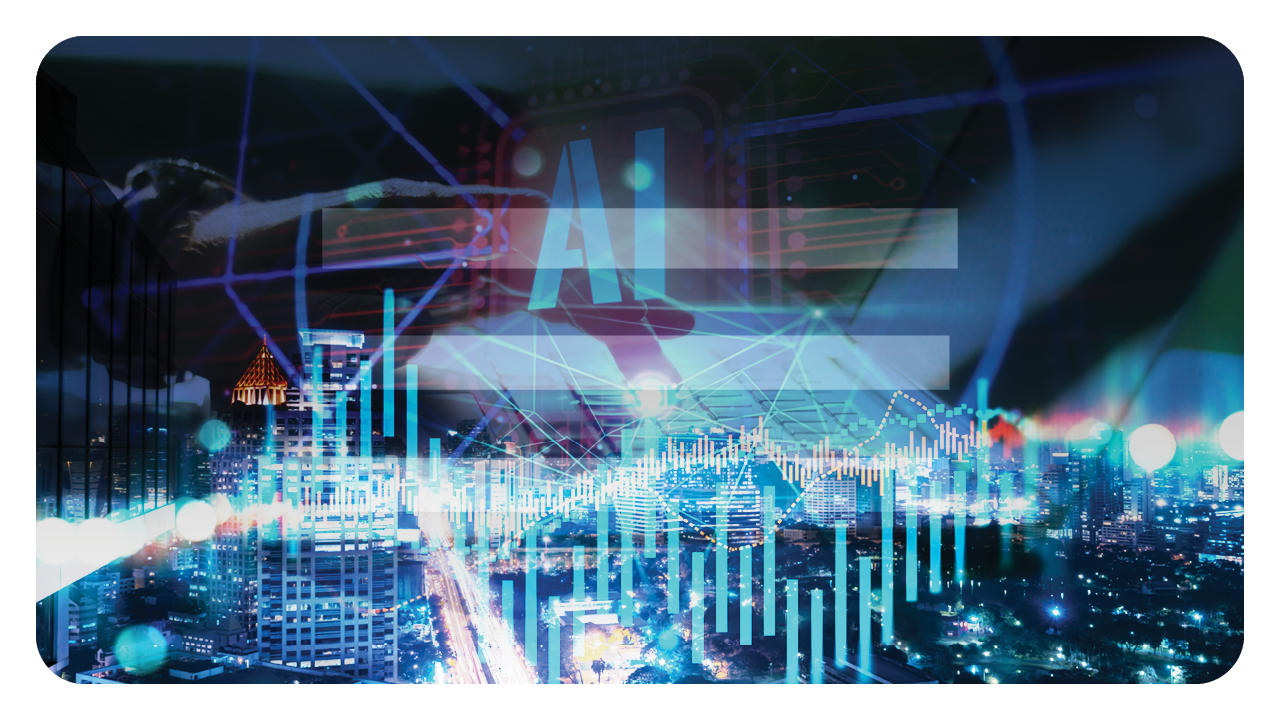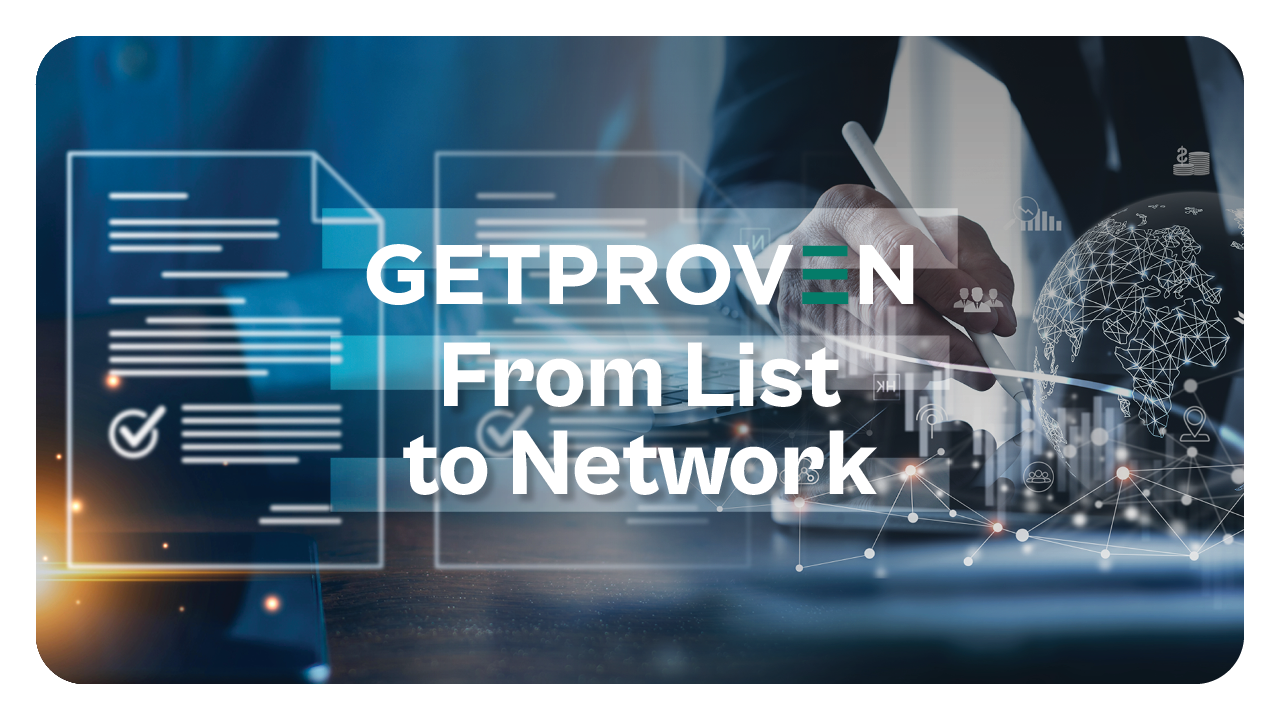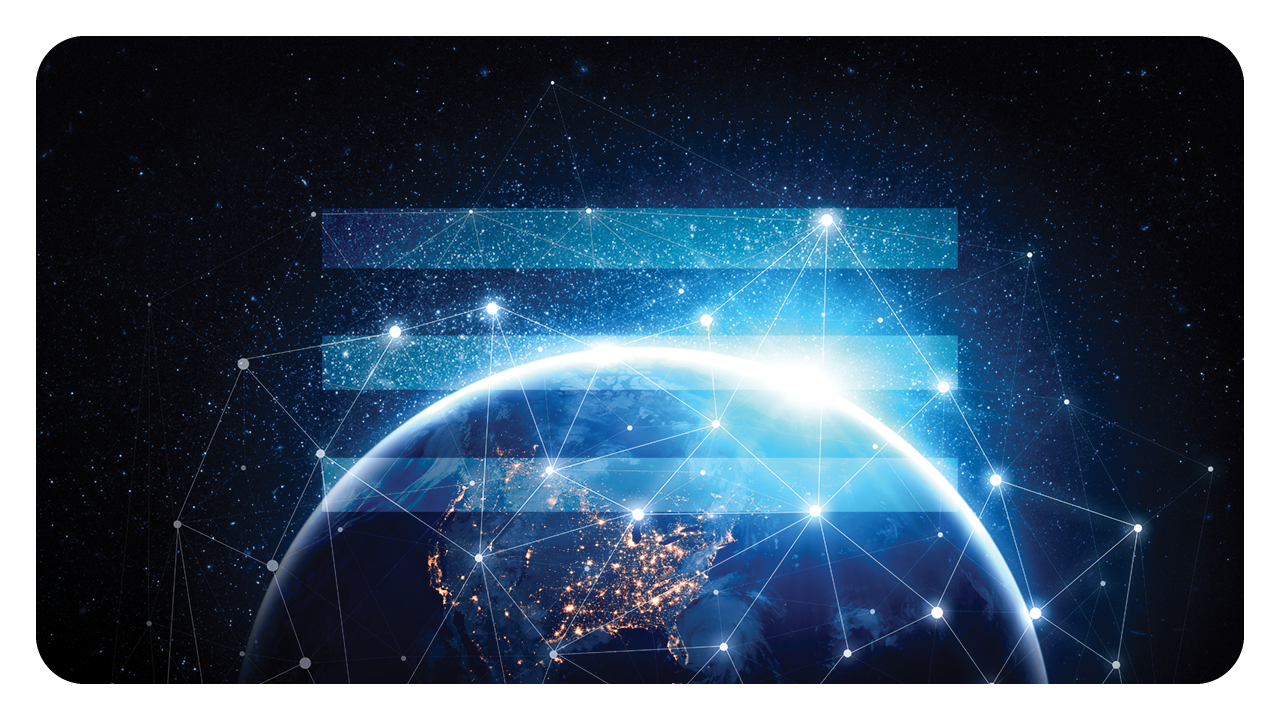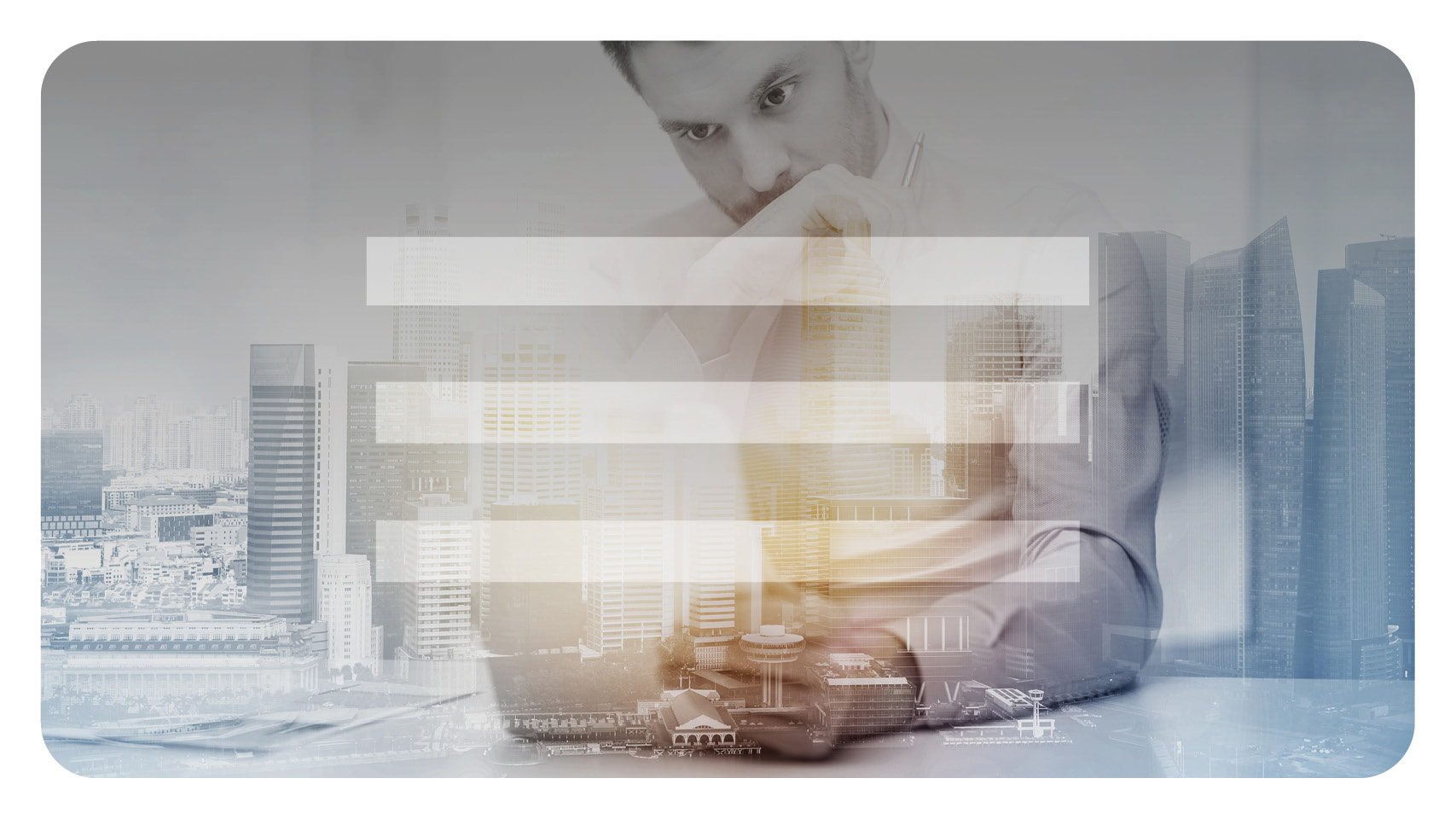
New Signals of Innovation: Inside San Francisco’s 2025 Tech Comeback

From the desk of Phil, Founder & CEO of GetProven
Summary:
After a week in San Francisco for Tech Week 2025, I was struck by how much the city, and the Silicon Valley ecosystem have evolved. Cleaner streets, a thriving startup culture, and technologies like Waymo’s self-driving taxis and an AI startup surge are reshaping how founders, investors, and portfolio companies think about innovation. In this reflection, I share the signals I observed that reveal where the San Francisco Innovation Ecosystem is heading and why I believe the next era of sustainable growth begins here.

I recently spent a week in San Francisco during Tech Week 2025, and it felt like stepping into a new chapter for the Bay Area. The city has changed a lot. It's cleaner, safer, and in an indescribable way hungrier.
After recent years of bad press, boarded-up storefronts, and talk of decline, this California hub is buzzing again. The mayor deserves credit; the streets are brighter at night, cafés are full, and even the local food scene feels revived. For anyone who cares about innovation, it’s clear: the San Francisco innovation ecosystem 2025 is alive.
A Cleaner City, a Clearer Signal
For the first time in ages, I walked through downtown without dodging tents or trash. That small detail matters. You can’t build companies or attract entrepreneurs if people don’t feel safe.
I met locals who said government initiatives and private partnerships (led by civic figures like Daniel Lurie) have finally found a balance between compassion and enforcement. This improvement has brought back investors, tourists, and founders who once left for Menlo Park or Austin.
San Francisco’s renewal is deeper than mere surface-level optics; it’s cultural. You feel it in the conversations, the optimism, the sense that the mission of the city is once again creation rather than survival. It reminded me that to create a thriving ecosystem, we need more than technology. We need people who believe their work can still change the world.
The Waymo Moment
Every block seemed to hum with autonomy. Waymo’s fleet of self-driving cars has become part of daily life here. And they are everywhere, which is perfect because they are sleek, fast, and cheaper than any service from Lyft or Uber. I didn’t take a single human-driven ride all week.
Sitting in one of my rides, watching the wheel turn itself, I kept thinking about engineers who spent billions to make this possible.
It’s the purest example of the Silicon Valley dream and the long game. With all the current hype, it can be easy to forget that real advancement requires patient investment, persistent R&D, and belief in a distant payoff.
These cars are the physical embodiment of a company like Google’s innovation process, which involves years of developing, testing, and creating until the technology finally blends into everyday reality.
Patience, Payoff, and the Silicon Valley DNA
Seeing those cars glide through traffic made me think of Menlo Park meetings a decade ago, when founders would pitch “autonomous everything.”
Back then, even Mark Zuckerberg and the teams at Facebook, Apple, and Google were still figuring out what came after mobile. The core idea of using data and software to make life simpler has survived every war story of hype cycles.
That patience is what defines Silicon Valley. The best tech companies know the future rewards those who wait through the many challenges and fewer wins. It’s what makes this small town with a big university at its heart the world’s most resilient hub of innovation.
A New Artificial Intelligence Wave
The other unmistakable change was the artificial intelligence buzz. There’s a literal wave of AI startups launching every week. You can feel it in coffee shops filled with founders, engineers, and builders swapping notes on model architectures. Everyone is talking about AI, software, and data, how to train, scale, and apply it to every industry from business services to food delivery.
This AI startup surge feels like the early mobile boom, only faster. Funding is flowing again; investors are back in town chasing growth, and the companies they’re backing are more focused on infrastructure than flash.
If the last decade was about social networks, this one is about the platforms, APIs, and machine learning layers that everyone else will build on.
What Does This Moment Mean for Venture and Platform Teams?
If San Francisco is where innovation begins, what does this new wave mean for the people building and funding it? The signals point to a subtle but powerful shift. Venture capital and platform teams are no longer just chasing deals; they’re architecting the systems that help portfolio companies scale smarter.
The founders I met during Tech Week talked less about fundraising and more about how to run lean, efficient, data-driven companies. Everyone wants better tools, tighter vendor management, and a clearer view of where every dollar goes. It’s a reflection of the same discipline shaping the San Francisco innovation ecosystem: growth through focus, not excess.
That’s why at Proven, we think of ourselves as part of this story, not outside of it. Our marketplace was designed to give startups and VC firms an edge in this new reality: unlimited access to vetted vendors, exclusive discounts, and financial tools that turn operational complexity into opportunity.
By connecting founders and suppliers inside one trusted network, the Proven platform helps them manage costs and create sustainable growth without losing sight of innovation. In other words, getting more out of the tools and solutions the startups need without spending more money.
.png)
In many ways, it’s the same ethos that’s rebuilding San Francisco itself: focus, collaboration, and smart infrastructure powering the next wave of progress.
The Broader Story: San Francisco as a Mirror of What’s Next
Walking around San Francisco, it was clear that something real is happening again. You can see it in the packed coffee shops, the small demo days, and the late-night meetups where founders, engineers, and entrepreneurs are building again. It reminded me of how the city used to feel years ago, focused, busy, and full of people trying to solve hard problems.
What’s interesting is that it’s not just big tech companies like Google or Apple leading the charge anymore. There’s a whole new group of startups building tools with AI and new kinds of software, backed by investors who believe the Bay Area still sets the tone for the world. The culture here has shifted significantly. There are fewer flashy launches and more builders just putting in the work.
Even small things tell the story. People are going out again, the local food scene is buzzing, and you can feel that the mission of the city (to build and create) is back. After a few rough years, San Francisco doesn’t just look different; it feels different. It feels like the place where the next wave of innovation will start.
If you zoom out, it’s not just San Francisco. You can feel the same kind of energy building in other cities and startup hubs around the world. After a few tough years, founders, companies, and investors are all getting back to the basics and building real things, using better tools, and focusing on growth that lasts.
That’s what’s happening here in Silicon Valley, and it’s what makes this new era of innovation feel different. It’s not about hype anymore; it’s about execution, patience, and progress you can actually see.
Meanwhile, for older companies, the changes present new challenges that could threaten their survival if they fail to keep up and innovate. With this new wave of startups pushing boundaries and redefining what the future of work and technology could look like, old companies are forced to rethink their strategies and how they fit into the city's new narrative.
The New Face of San Francisco
If you’d told me a few years ago that robo-taxis would outnumber rideshares in San Francisco, I probably wouldn’t have believed it. But here we are.
Beyond the visible tech and the creative buzz from the small, hungry teams in every corner building the next generation of solutions, this doesn’t feel like the same San Francisco from a decade ago. The comeback feels more sustainable, more balanced.
That, to me, is the real spark of innovation: when a city, its builders, and its companies find harmony between growth and wellbeing. From what I saw this week, San Francisco isn’t just back, it’s moving forward with purpose. And I can only see an upward trajectory from here.






.png)






